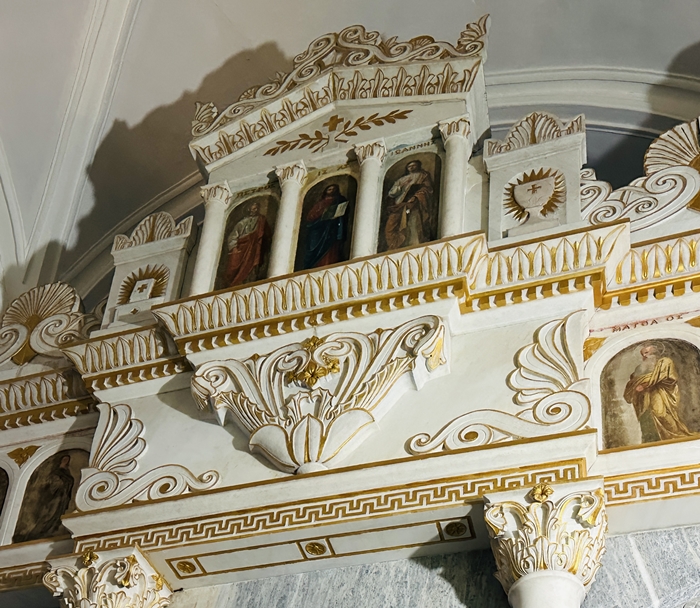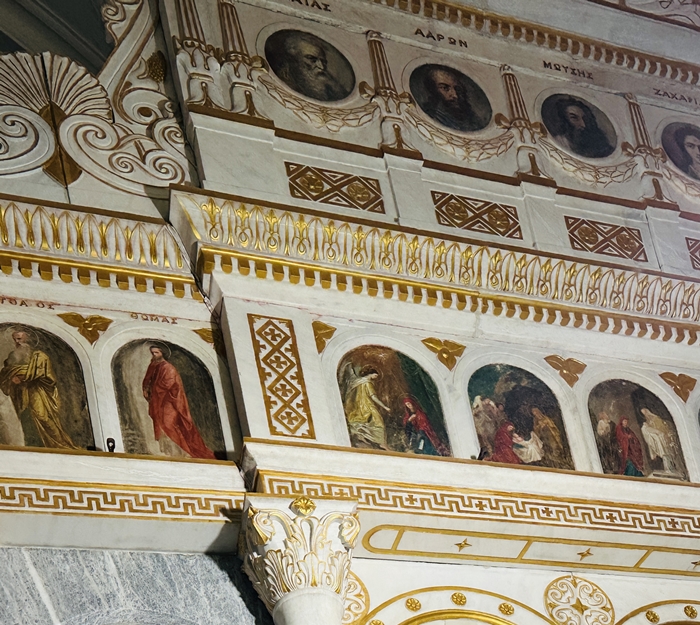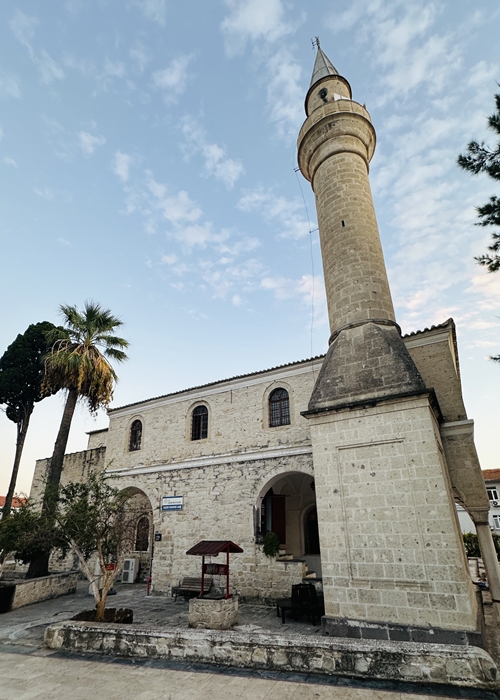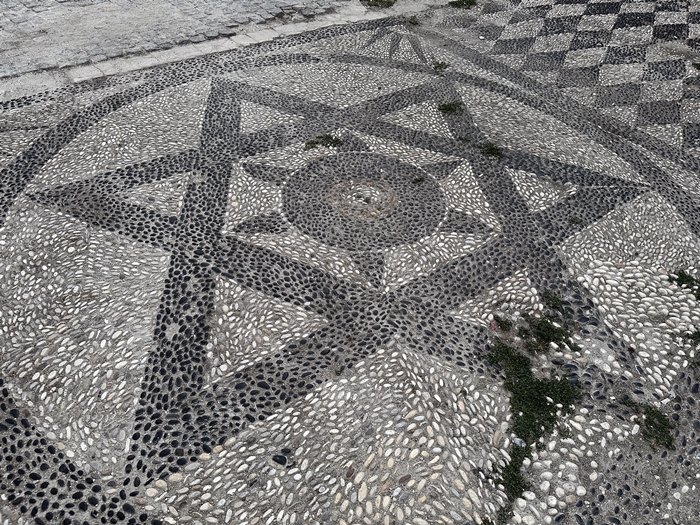Elvira Kadyrova
As we toured around Alacati’s charming streets on the first day of our press trip, our group of journalists found themselves in front of the Pazaryeri Mosque. While mosques are a common sight in Turkish settlements, this temple has a special significance.
A quick delve into history, courtesy of our guide, revealed the Pazaryeri Mosque’s rich past. Built in the late 19th century, it originally served as a Greek church. The building, constructed using the rubble stone masonry technique, features three naves and a basilica layout.
Immediately after the proclamation of the republic in 1923, the church was turned into a mosque. Later, the only minaret of the mosque was built from hewn stone.
One of the most captivating features of the Pazaryeri Mosque is the curtain that adorns the prayer hall. After the church’s conversion into a mosque, Muslims demonstrated remarkable respect for the Christian heritage by preserving the iconostasis. This sacred partition, typically found in Christian churches, was simply separated from the mosque’s prayer area by a curtain.
We were fortunate to gain access to the previously closed altar area. Within this space, we discovered frescoes depicting the three patriarchs—Abraham, Isaac, and Jacob—the twelve apostles, and scenes from the life of the Virgin Mary with the infant Jesus.

 Standing within the Pazaryeri Mosque inspired philosophical reflections. The faces of Christian saints gaze down from their place within the mosque’s walls, the Azan sounds, prayers are offered five times a day to God, the only God for all.
Standing within the Pazaryeri Mosque inspired philosophical reflections. The faces of Christian saints gaze down from their place within the mosque’s walls, the Azan sounds, prayers are offered five times a day to God, the only God for all.
The Alaçatı Pazaryeri Mosque is undoubtedly a powerful symbol of interreligious tolerance. In a broader sense, our ancestors have bequeathed this temple to the current generation as an enduring reminder of the timeless values of tolerance, understanding, and respect, despite our differences. These virtues, sadly, are often absent in today’s world.
///nCa, 4 October 2024


